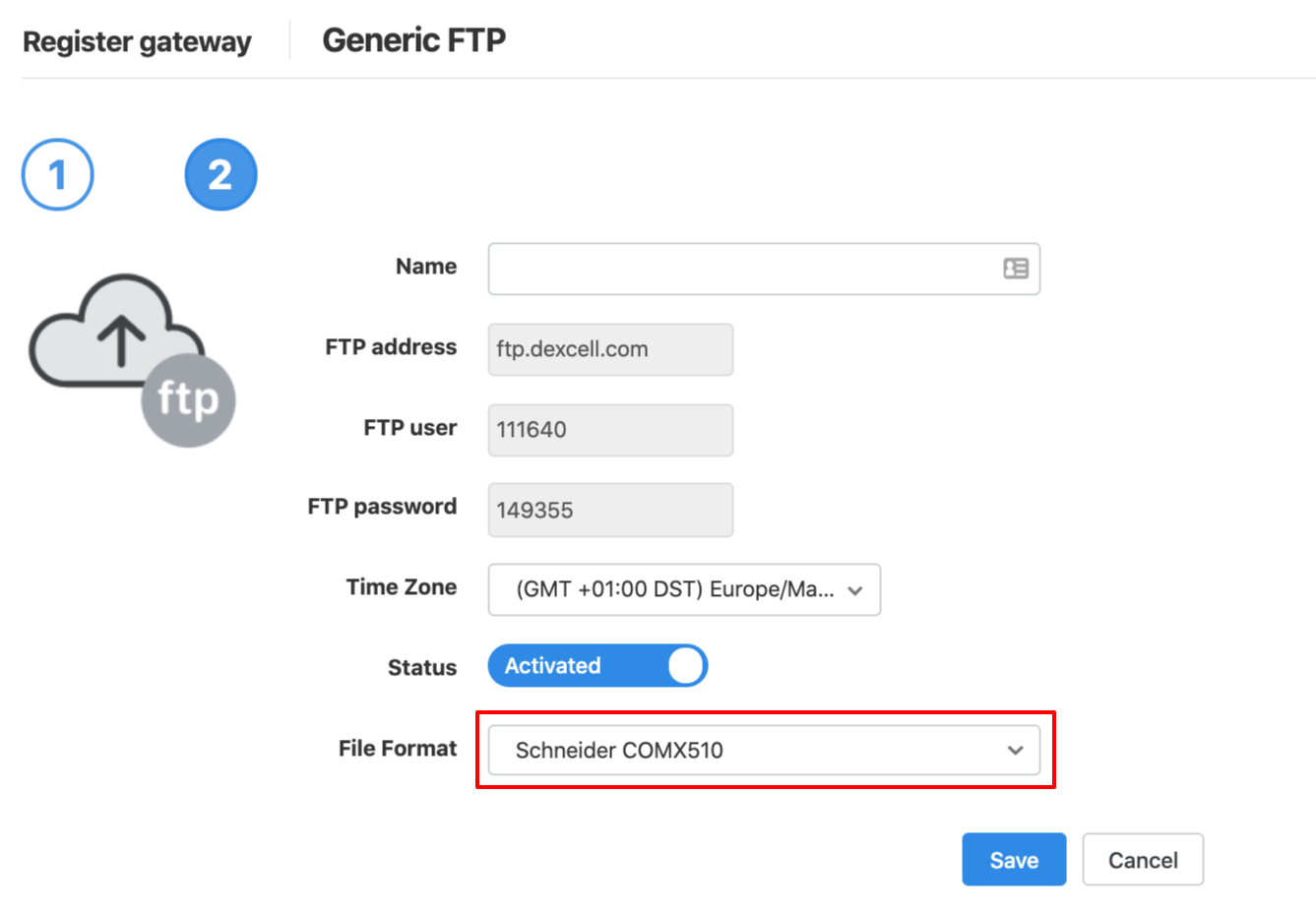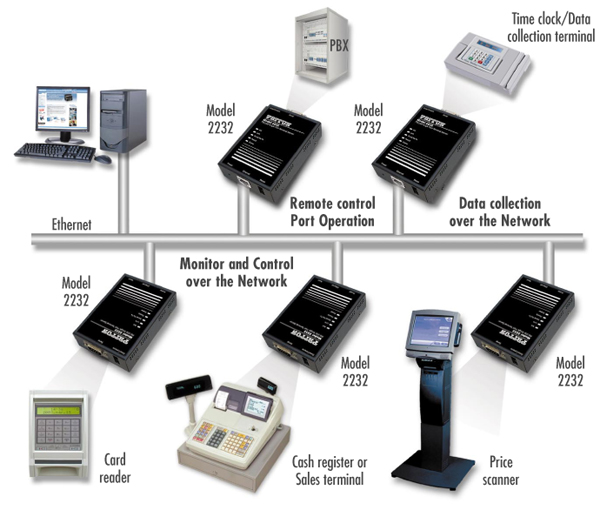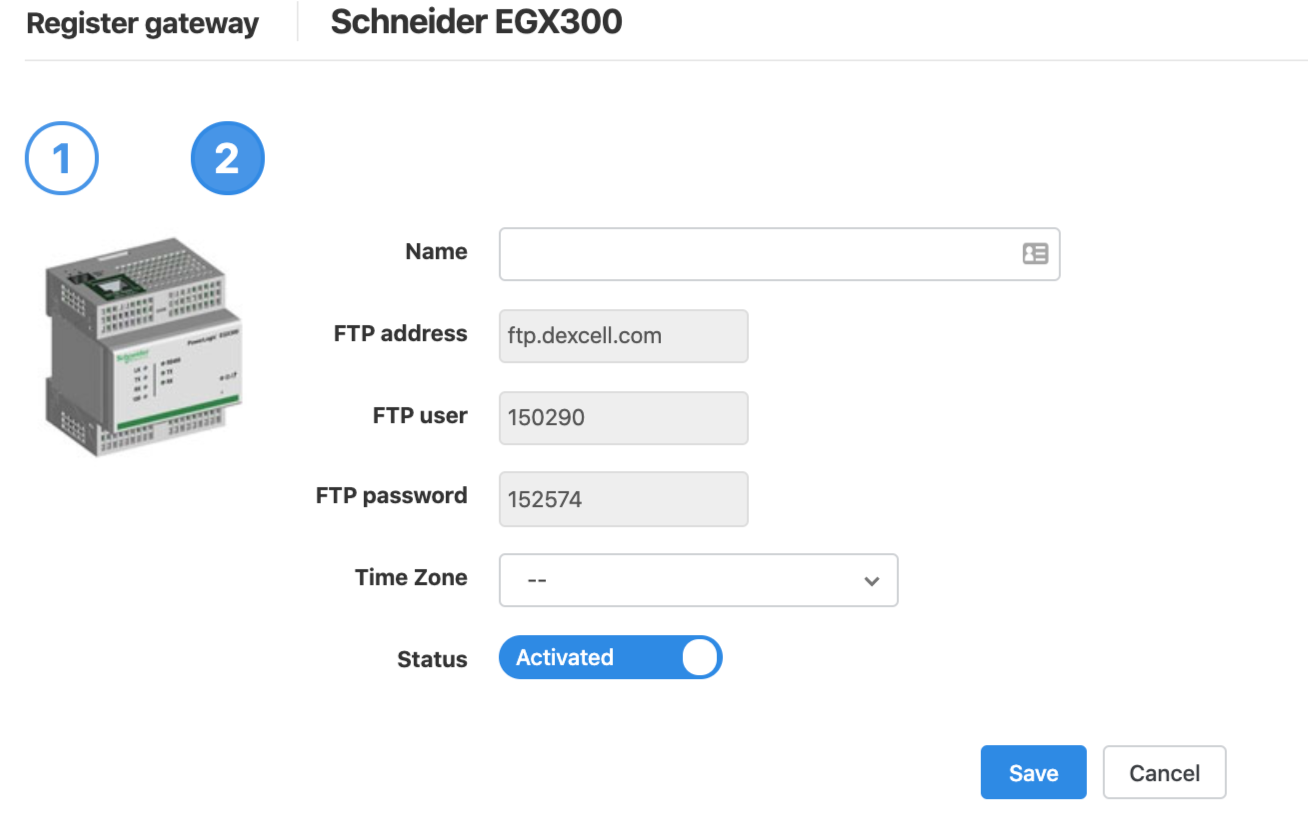Nov 17, 2020 Source: Windows Central On Windows 10, a device driver is an essential piece of code, which allows the system to interact with a specific hardware (such as graphics card, storage driver, network. For most devices, the Ports device setup class and the Serial function driver provide the functionality required to operate serial ports and COM ports. To install serial ports and COM ports using these system-supplied components, do the following: Provide an INF file that specifies the Ports device setup class and the Serial function driver as the service for the port.
-->Most hardware drivers for PCI and DMA-based audio devices are based on the Port Class library, which is accessible through the PortCls system driver (Portcls.sys). PortCls is an audio port-class driver that Microsoft includes as part of the operating system. PortCls supplies a set of port drivers that implement most of the generic kernel streaming (KS) filter functionality. Therefore, PortCls simplifies the task of the audio driver developer. The hardware vendor only has to supply a set of miniport drivers to handle the hardware-specific functions of an audio adapter.
Although hardware vendors have the option to implement their own KS filters for their audio devices, this option is both difficult and unnecessary for typical audio devices. You can develop a KS filter to conform to either Stream.sys, the Stream class driver, or Avstream.sys, the AVStream class driver. But a KS filter that is based on Stream.sys cannot take advantage of the improvements that are only available in AVStream. For more information about KS filters and PortCls, see Getting Started with WDM Audio Drivers.
The internal implementation of PortCls can evolve to take advantage of kernel streaming improvements in successive Windows releases while it maintains compatibility with existing drivers.
PortCls is implemented in the Portcls.sys system file as an export driver (a kernel-mode DLL) and contains the following items:
A set of helper functions that can be called by the adapter driver
A collection of audio port drivers
It is the responsibility of the hardware vendor of an audio device, to provide an adapter driver. The adapter driver includes initialization and miniport driver-management code (including the DriverEntry function) and a collection of audio miniport drivers.
When the operating system loads the adapter driver, the adapter driver creates a set of miniport driver objects and prompts the PortCls system driver to create a corresponding set of port driver objects. (The code example in Subdevice Creation illustrates this process.) These port drivers are typically a subset of those that are available in the Portcls.sys file. Each miniport driver binds itself to a matching port driver from Portcls.sys to form a complete subdevice driver. The combination port-and-miniport subdevice driver is a KS filter (see Audio Filters). For example, a typical adapter driver might contain three miniport drivers: WaveRT, DMusUART, and Topology (with IMiniportWaveRT, IMiniportDMus, and IMiniportTopology interfaces). During initialization, these miniport drivers are bound to the WaveRT, DMus, and Topology port drivers (with IPortWaveRT, IPortDMus, and IPortTopology interfaces) that are contained in the Portcls.sys file. Each of these three subdevice drivers takes the form of a KS filter. The three filters together expose the complete functionality of the audio adapter.
Typically, the port drivers provide the majority of the functionality for each class of audio subdevice. For example, the WaveRT port driver does most of the work that is required to stream audio data to a DMA-based audio device, whereas the miniport driver provides device-specific details such as the DMA address and device name.
Audio adapter drivers and miniport drivers are typically written in Microsoft C++ and make extensive use of COM interfaces. The port-miniport driver architecture promotes modular design. Miniport driver writers should implement their driver as a C++ class derived from the IMiniport interface, which is defined in the header file Portcls.h. Hardware initialization takes place at driver load time--typically in the Init method of the IMiniport-derived class (for example, IMiniportWaveRT::Init). For more information about COM implementations of audio miniport drivers, see COM in the Kernel.
The following diagram illustrates the relationship between port and miniport drivers and their position in the audio stack.
In the preceding diagram, the KSEndpoint component is a system-supplied file that is provided with Windows Vista and later versions of Windows. This component is provided in the form of a DLL (Audiokse.dll). KSEndpoint abstracts the kernel-mode device endpoint, and provides the audio engine with access to the abstracted endpoint. For more information about the audio engine, see Exploring the Windows Vista Audio Engine.
The legend in the preceding diagram shows the boxes that represent driver components that the vendor provides. Note that the upper edge of each miniport driver interfaces to the lower edge of each port driver. For example, the WaveRT port driver exposes an IPortWaveRT interface to the WaveRT miniport driver, which exposes an IMiniportWaveRT interface to the port driver. These interfaces are sometimes referred to as upper-edge and lower-edge interfaces.
The port class and AVStream class drivers are similar in that they are both WDM drivers and they both support the WDM kernel streaming architecture. However, port class drivers differ from AVStream class drivers in the areas of multiprocessor handling and reentrancy. Port class drivers do the following:
Use a three-tiered approach that combines the class driver, port drivers, and vendor-supplied miniport drivers.
Have a restricted number of audio functions, allowing miniport drivers to operate closer to the audio hardware.
Allow several port or miniport drivers to be linked for a specific device. This feature allows for better support for multifunction cards.
Do not support external buses (for example, USB). All port drivers support devices that reside on the system buses (PCMCIA, and PCI).
The terminology for describing WDM audio ports and miniport drivers differs in some respects from the terms that are used for other classes of Windows drivers. These differences are explained in WDM Audio Terminology.
This section discusses the following topics:
Before considering troubleshooting options, make sure your device is up to date. Select Start > Settings > Update & Security > Windows Update , then select Check for updates. If you need help setting up your external monitors, see How to use multiple monitors in Windows 10.
Note: If you’re having trouble setting up multiple monitors on Surface, see Troubleshoot connecting Surface to a second screen.

Troubleshoot issues that occur when setting up external monitors

If you are trying to set up an external monitor and it’s not working, press the Windows logo key + P to make sure that the Extend option is selected. If the Extend option is selected, try the following troubleshooting tips.
Using only one external monitor
If you’re not seeing what you expect on the external monitor, start with basic hardware troubleshooting:
Disconnect all accessories from your PC. Connected docks, dongles, adapters and other hardware can cause conflicts.
Make sure the cable connecting your PC to your external monitor is secure.
Try changing the cable connecting the external monitor. If the new one works, you know the previous cable was faulty.
Try using the external monitor with a different system. This can help to isolate whether the issue is with the monitor or the primary system
If those didn’t work, here are more possibilities:
If your system has more than one video output port, try plugging your external monitor into one of the other video output ports. Typical ports are HDMI, VGA, DVI, and DisplayPort.
If your system has more than one display adapter, also called a graphics card, you can try switching your system’s default display adapter. For example, on some systems, you can right click your desktop and select the software associated with your additional display adapter. Steps to change the default display adapter vary by device, so contact the manufacturer for more information.
Adding a second or third external monitor
First, to confirm that one external monitor does work with your system, see the above info about using only one.
If you’re able to use one external monitor, but have issues using more than one, it’s possible that your display adapter (also called a graphics card) can’t support more than one monitor. For information on how many monitors your display adapter can support, contact its manufacturer.
Note: If you are trying to use a display splitter extend your display to more than one external monitor, you won't be able to. The splitter is duplicating the same signal instead of creating two independent signals.
If your device only has one video output port, then by default, you can only support a single external monitor. You'll need one of the following to support more than one external monitor:
Docking station – To find out if there are docking stations available for your PC, contact the manufacturer of your PC.
USB adapter – If you have a USB-C port, you may be able to use a USB adapter to give your device an additional video output port.
Troubleshoot issues that are occurring with an existing setup
If your setup has been working well, then suddenly stopped, here are a few things you can try.
Try a Windows key sequence
In some cases, pressing Windows logo Key + Ctrl + Shift + B may fix your issue. If this does not work, see if restarting helps.
Restart your device
To restart your device, select Start, then select Power > Restart.
If that doesn’t work, select Start , then select Power > Shut Down. Then, turn your device back on.
Drivers Cesinel Port Devices Terminal

Roll back your display driver
If you are experiencing issues after an update, returning, or rolling back, to a previous version of your display driver may solve the issue. To roll back the driver:

In the search box on the taskbar, enter device manager.
Select Device Manager from the list to open it. Then, select the arrow to expand the Display adapters section.
Right-click your display adapter and select Properties and the Driver tab, and then select Roll Back Driver. If you don't see a roll back option, reinstall your display driver.

Reinstall your display driver
Drivers Cesinel Port Devices For Sale
If none of the previous steps work, reinstall your display driver. Here’s how:
In the search box on the taskbar, enter device manager.
Select Device Manager from the list to open it. Then, select the arrow to expand the Display adapters section.
Right click your display adapter, and then select Uninstalldevice and delete the driver software for this device, then select Uninstall.
You may be asked to restart your computer. Make sure to write down the remaining instructions before you restart.
Open Device Manager again and expand the Display adapters section.
Right click your display adapter and select Updatedriver.
Select Search automatically for updated driver software and follow the remaining installation instructions.
How do I determine the manufacturer of my display adapter (graphics card)?
In the search box on the taskbar, enter device manager.
Select Device Manager from the list to open it. Then, select the arrow to expand the Display adapters section.
You’ll see the manufacturer's name and the name of your adapter or adapters.
Still having issues?
If you've tried the steps in this article or don't see a solution to the problem, use Windows Feedback Hub to file a bug.
Include details about what you were doing or specific steps you were taking when the issue occurred. Log in to the Feedback Hub and follow the instructions to summarize and describe your problem. Next, select your category and then add enough additional info to recreate the problem. Your information helps Microsoft determine the root cause of this issue.
Related topics
